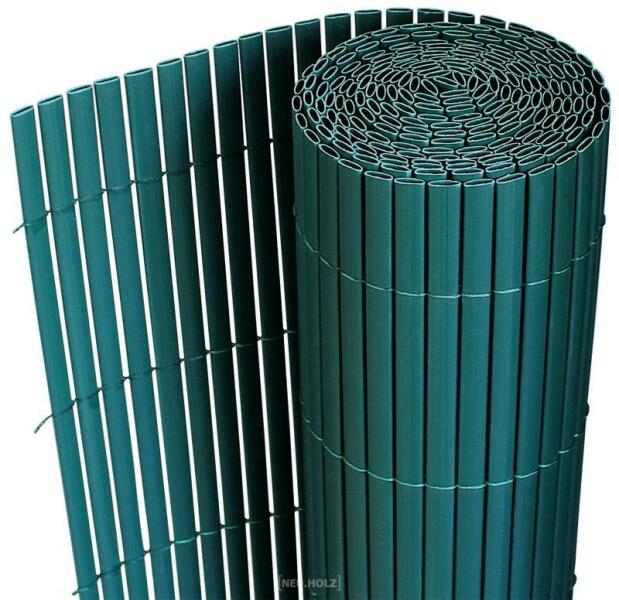
Nortene Belátásgátló háló 100%, szintetikus pálmaháncs PRIVATEX (1x3 méter) barna - Ár: 4 250 Ft - ANRO

Vásárlás: Wohnen Műsövény erkélyre kerítésre belátásgátló 300x150 cm világoszöld műlevelek takaró háló élethű Árnyékoló háló, kerítéstakaró árak összehasonlítása, Műsövény erkélyre kerítésre belátásgátló 300 x 150 cm világoszöld műlevelek takaró háló ...

Vásárlás: Oasom Erkélytakaró, kerítéstakaró belátásgátló zöld műsövény korlát takaró háló élethű szőtt levelekkel 300x150 cm világoszöld Árnyékoló háló, kerítéstakaró árak összehasonlítása, Erkélytakaró kerítéstakaró belátásgátló zöld műsövény korlát ...

Vásárlás: Premium_D Belátásgátló műnád többféle méretben zöld színben kerítés takaró tekercs szélfogó pvc 90x300 cm Árnyékoló háló, kerítéstakaró árak összehasonlítása, Belátásgátló műnád többféle méretben zöld színben kerítés takaró tekercs szélfogó ...



















